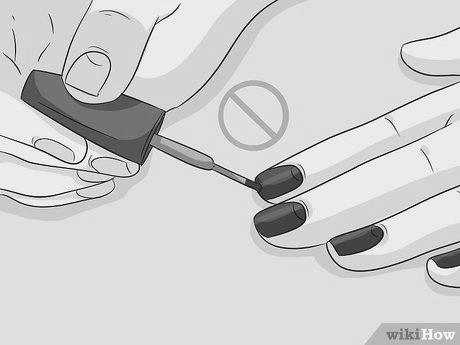How to Care For Your Cuticles
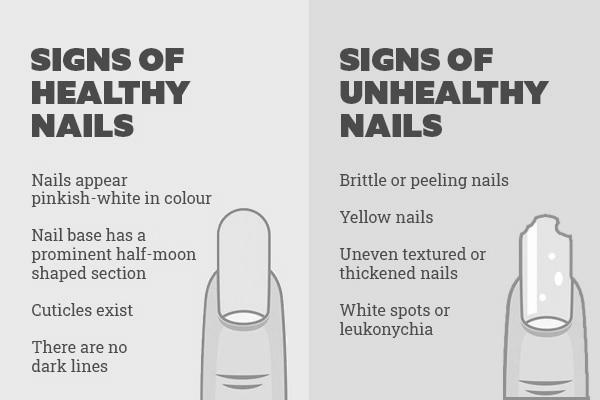
The American Academy of Dermatology recommends thick moisturizing creams or lotions, such as petroleum jelly. While this is a relatively inexpensive method, it may not be practical for all activities. Another option for moisturizing your cuticles is a hot wax treatment. It involves dipping your hands in warm oily wax and then wearing plastic gloves or a mitt to seal in the heat. The process takes about 10 minutes and results in hydrated cuticles.
Avoid picking at your cuticles.
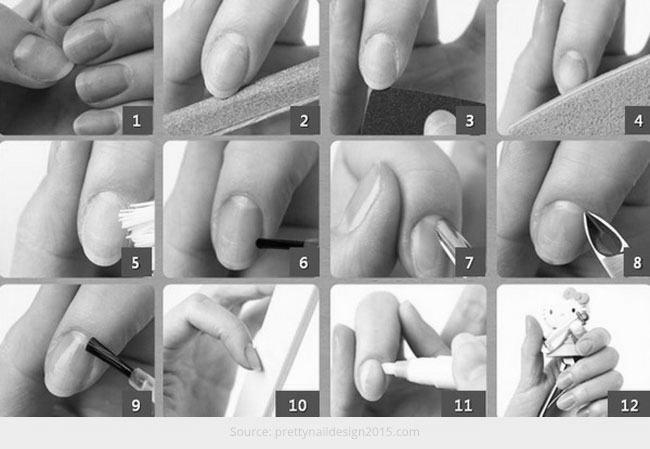
When you pick at your cuticles, you can also damage the nail bed, so it is essential not to injure it. In addition to damaging the nail bed, picking at your cuticles can also lead to hangnails. If you do not stop, the skin around your nails can become dry and rough. It can result in a painful hangnail infection. If you are constantly picking at your cuticles, try using a cuticle stick or peeling them back. An excess skin layer can also cause hangnails on the base of your nail.
To prevent infections, you should moisturize your cuticles daily. Coconut oil is an excellent option because it has antibacterial properties. If you use moisturizer, wear gloves to prevent any moisture from escaping. It would help if you also used a top coat to seal the water and protect your nails. Doing these three things every day will help you avoid picking at your cuticles. These tips will help you take care of your nails and keep them healthy.
Avoid acetone removers
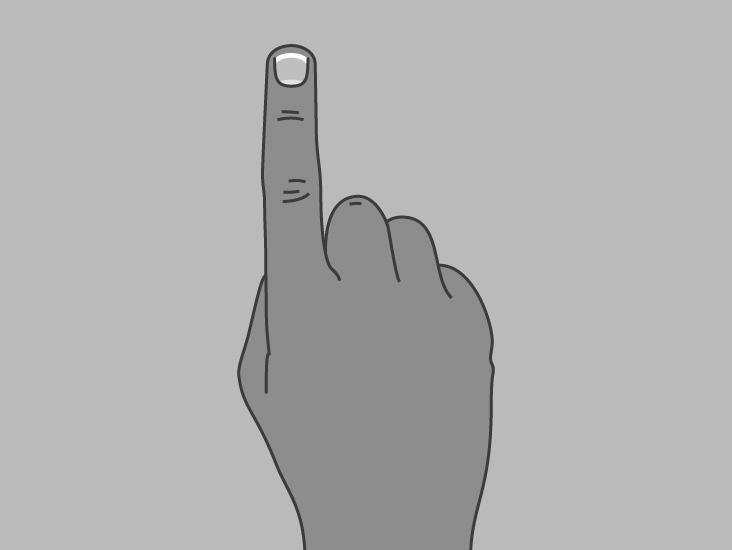
There are many reasons why you should avoid using acetone removers for cuticle care. It is a highly abrasive solvent that dries out the skin and nails, so knowing how much you should be using is essential. It is too drying for people with weak or dry nails, so it’s better to avoid it. For those who cannot prevent acetone altogether, here are some tips:
First, a nail polish remover will contain solvents, which include acetone. They work by dissolving the substance used in nail polish with a cotton pad or swab. Acetone is a dangerous chemical that can also damage nails. It’s common in cleaning products for the industrial sector, and the solvent can dissolve paint, glue, and other materials.
The good news is that many nail polish removers are available that don’t contain acetone. Tenoverten, for example, sells a soy-based nail polish remover at Target. The brand claims to be as effective as the traditional acetone removers, and it also contains good-for-your-nail nutrients like apricot seed oil. The only downside to this remover is that it leaves an oily film, so you’ll need to wash your hands before applying a new coat of polish.
If you can’t resist using acetone removers, try applying petroleum jelly or a wet washcloth to the area to be treated. After applying the acetone solution, gently scrub the area to remove the polish. It’s essential to use a non-acetone remover to avoid irritated skin. A non-acetone remover is safe to use, even on delicate skin.
Avoid trimming your cuticles.
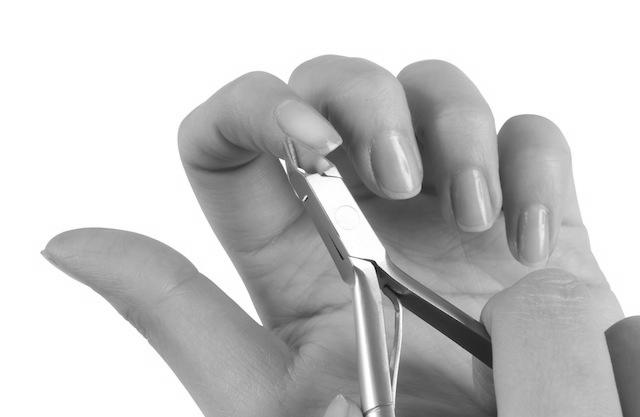
If you want to keep your hands looking good, avoid trimming your cuticles. Infections caused by trimming your cuticles are common, and they can range from minor irritation to more serious ones. Using an improperly sterilized tool may make the situation worse. The best way to prevent infections is never to cut your cuticles in the first place. Use the right tools and apply moisturizer to your hands afterward to avoid infections.
Another reason to avoid trimming your cuticles is that they serve a purpose. As part of the skin, cuticles protect the nail root. By cutting your cuticles, you expose the nail root to bacteria, which can cause infection. It will take a long time for an infection to clear up. To prevent the harmful effects of chemicals, moisturizing your cuticles before and after trimming them can help keep them flexible.
While many people are tempted to trim their cuticles to keep their hands looking pretty, there are numerous risks associated with this practice. Aside from the irritation, it can also lead to nail disorders. If you’re not sure whether to cut your cuticles, consult a dermatologist to learn more about the best treatment for your case. Cutting your cuticles can also lead to infection and irritation.
Aside from the risk of infection, trimming your cuticles can also create ugly hangnails. Leaving them untreated is unnecessary, but it also increases the risk of many other health problems. By soaking your cuticles in warm water before you cut them, you’ll soften the skin surrounding the nail and make it easier to push back. To prevent this, make sure to use a cuticle pusher or wooden tool to do the job.
Avoid nicking your cuticles.
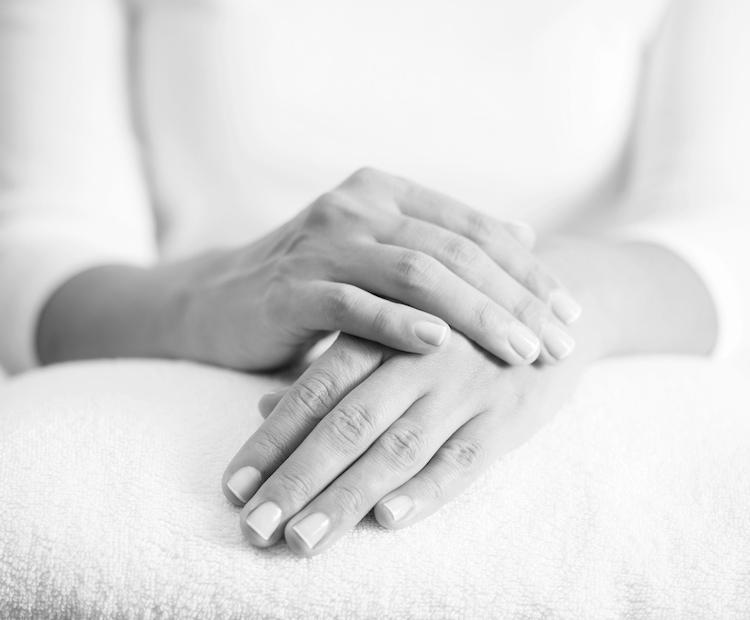
Cutting your cuticles is a dangerous practice. You may end up with various infections ranging from minor inconveniences to more serious ones. The risk of infection increases when you are not using correctly sterilized tools. The best way to avoid infections is to avoid cutting your cuticles altogether. Here are some tips to avoid nicking your cuticles:
First, always keep your hands moisturized. Well, hydrated cuticles are easier to push back and shape. Keep your hands moisturized after using hand sanitizer or nail polish remover. These ingredients can also cause dryness and cracking of the cuticle. Also, don’t use nail clippers or scissors to clip your nails. Instead, use a cuticle pusher or a soft object to push your cuticles back.
Next, use cuticle oil. Cuticle oil will prevent your cuticles from ripping. These products contain fatty acids and vitamins that will help keep your nails from fraying. Additionally, moisturizing your cuticles will help restore the lipids in your skin and encourage the growth of healthy bacteria. After applying a cuticle oil, wet your hands thoroughly, and don’t use harsh chemicals to remove the oily layer on your hands.
Next, avoid picking your cuticles. Picking your cuticles can lead to injuries and infections, a common manifestation of obsessive-compulsive disorder. If you’re suffering from this problem, seek help and consider cognitive behavioral therapy. Getting your hands manicured every few weeks is an excellent way to boost your self-esteem. Fortunately, Carolyn Rose offers practical tips to avoid nicking your cuticles.
Hydration is the foundation for healthy cuticles.
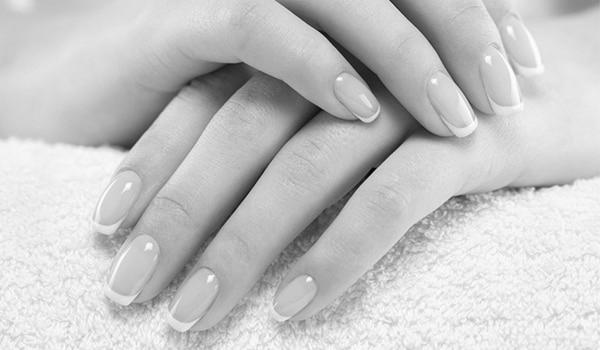
The foundation of healthy cuticles lies in keeping your hands moisturized. Applying hand lotion helps keep the skin supple and moisturized all day. Lanolin-based cuticle oil is ideal for dry or thin, peeling cuticles. It will help soften and repair your cuticles and nails. It is safe to use on your polished nails, too.
Your nails and hair are made up of a protein called keratin. Excessive processing of your hair can cause them to become dehydrated. Over-treatments of your nails can also lead to dehydrated cuticles. If your nails become dry and brittle, you’ll need to moisturize them regularly to prevent the formation of split ends and encourage healthy nail growth. Keeping your nails and hair moisturized will also strengthen and protect your nails.
If you’re constantly in the shower, use a hand cream with oil-based or fatty acid-rich ingredients. Butters can be helpful because they soften and seal in moisture. Shea butter contains plenty of antioxidants and fatty acids. You can also use hand soap with hydrating ingredients. Unscented lotion can be left by the soap bottle as a reminder to moisturize. If you’re worried about your hand cream or lotion price, consider trying Grove.
It’s important to remember that your cuticles serve a purpose, and cutting them will do more damage than good. A compromised cuticle is prone to infection, and if you do this, you’ll leave your nails vulnerable to disease and disorders. So if you don’t want to cut or scrape them, don’t trim them. A healthy cuticle will protect your nails and make them look beautiful.
What Happens If I Cut a Nail Too Short?
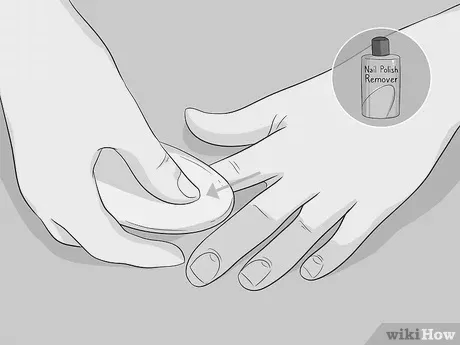
If I cut a nail too short, what are the signs and symptoms that will occur? Paronychia, ingrown toenails, bleeding, and styptic powder are some of the possible consequences. Learn about the treatment options for these conditions in this article. Then, you can make an informed decision. If you suffer from an ingrown toenail, read this article for tips and advice.
Paronychia
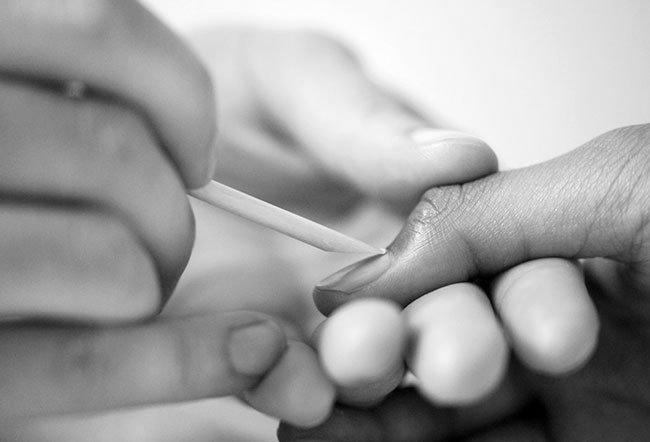
If you have cut your nail too short, you may develop a paronychia skin infection. The disease can spread to other areas of the body. Symptoms of paronychia include throbbing pain, redness, warmth, and swelling of the skin around the nail. Sometimes, a small collection of pus is visible underneath the nail. Unlike acute paronychia, chronic paronychia is less dramatic, and you may only experience mild symptoms. You should also avoid picking your fingernail or scraping its cuticle. Make sure you use clean nail clippers.
If you suspect that you may have paronychia, visit your doctor immediately. The condition is usually self-limiting and can be cured in a few days. The best treatment for acute paronychia is preventing trauma and keeping the nails dry. Generally, you should wear rubber gloves when in water.
Treatment for chronic paronychia depends on the cause of the infection. In the majority of cases, fungi are the cause. You can try antifungal medication or topical treatment. Antifungal drugs are often applied to the affected area, and the application of this paste may reduce pain and prevent infection. Your doctor may prescribe systemic antifungal medications or oral steroids for severe cases.
Usually, acute paronychia is not a permanent condition. However, it can last for weeks or months and lead to a more permanent condition called chronic paronychia. It can occur on one or several fingers. If your fingers are frequently exposed to water, you should wear protective gloves. The infected nail fold may become red and may require surgical drainage.
Ingrown toenail
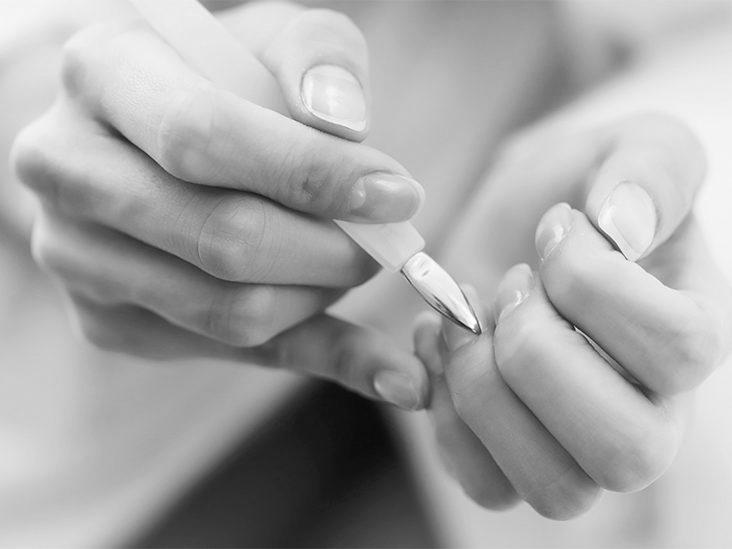
An ingrown toenail is a painful and uncomfortable condition that results from over-clipping a toenail. It can lead to infection – both bacterial and fungal. Bacterial infections can cause pus, while fungal infections can cause thick, smelly toenails. People with diabetes are particularly vulnerable to ingrown toenails because poor blood flow to the feet can worsen. Diabetes can also result in loss of sensation in the feet, making even a simple cut more likely to develop an infection and an infected ulcer.
You may choose to treat an ingrown toenail at home. Home treatments for ingrown toenails can be effective but should not be attempted if you suffer from an infection or have other severe medical conditions. Those with diabetes, circulation problems or nerve damage in the foot should seek medical attention. If the disease is not painful, you can use Epsom’s salt room-temperature water. After the soak, gently massage the fold of the nail to reduce inflammation.
If you cut a toenail too short, the edge may become ingrown. It can cause pain, swelling, and infection. It is hazardous for people with diabetes, neuropathy, or poor circulation. The condition can also occur if you wear shoes that do not fit properly or are too loose. Will cause the ingrown toenail to grow inward and cause pain and discomfort.
An ingrown toenail is a common problem in the foot. The corner of a toenail grows into the skin. The pain and swelling can range from minor irritation to infection. At-home treatments can help with mild cases, but for more severe cases, visit a podiatrist. Diabetics can also cause poor blood circulation to the feet, making them more likely to develop an ingrown toenail.
Bleeding
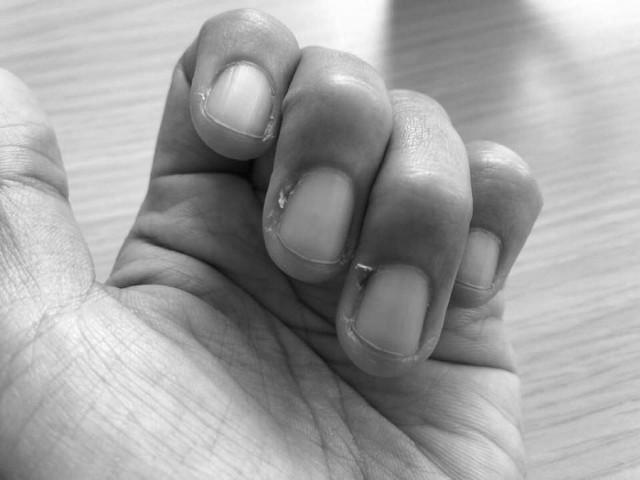
A painful situation may ensue when you accidentally cut your pet’s nails too short. Your pet may yell, struggle, or run away, leaving a trail of blood. If you feel guilty for accidentally hurting your pet, consider some of the following tips. First, clean the area thoroughly. Make sure to soak it in warm water for at least 20 seconds. Second, use a styptic powder to stop the bleeding.
Your health care provider can perform decompression to drain blood that collects underneath the nail. The goal is to alleviate the pain and pressure caused by the blood. They may use a heated wire or a carbon laser to cut a hole in the nail to allow the blood to drain. Third, they may give you a tetanus shot if you are at risk of contracting the disease.
After the accident, be calm. Your dog will likely start pulling away from you or yelling, and you do not want to exaggerate this. Panicking will only aggravate the situation, and the bleeding will appear much worse. Try to remain calm. In most cases, nail trimming accidents are minor and can be remedied by a styptic pen or silver nitrate stick.
If you cut your dog’s nail too short, the chances of bleeding are high that you accidentally cut the quick (the nerve and blood supply). Fortunately, you can do a few things to prevent a bloody mess. First, apply some wet soap. Apply this solution directly to the nail for at least three minutes. Then, repeat the process if you notice bleeding.
Styptic powder
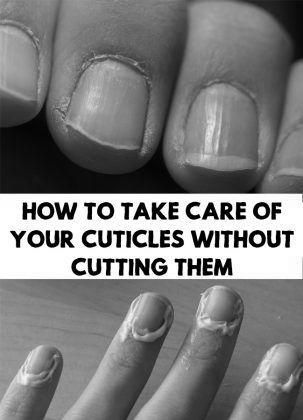
The best way to stop bleeding when you cut a fingernail too short is to use styptic powder. This powder constricts blood vessels and helps to form a clot or scab. You can purchase styptic powder at your local pet store. Using this powder can prevent bleeding in as little as five minutes. Alternatively, you can apply a dry or wet tea bag to the affected area.
This powder can block the bleeding and can also be used with a stick. It is important to note that the powder can sting the skin or nerve, so you should be very careful when applying it. If you do not want to use styptic powder on your dog, you can also use baking soda or corn starch.
Styptic powder is also helpful in preventing bleeding from your dog’s toenails. It contains the mineral ferric, which helps contract blood vessels and is considered an antiseptic. Kwik Stop is one brand of styptic powder. At most pet stores. Just be sure to check with the veterinarian before using styptic powder.
Styptic powder is a popular way to stop bleeding after a nail has been cut too short. The powder is a white, chalk-like powder that contains a chemical known as ferric, which causes blood vessels to contract and stop bleeding. It also works as a topical anesthetic and stops bleeding within a few minutes. It is also effective for treating human cuts.
Remaining calm
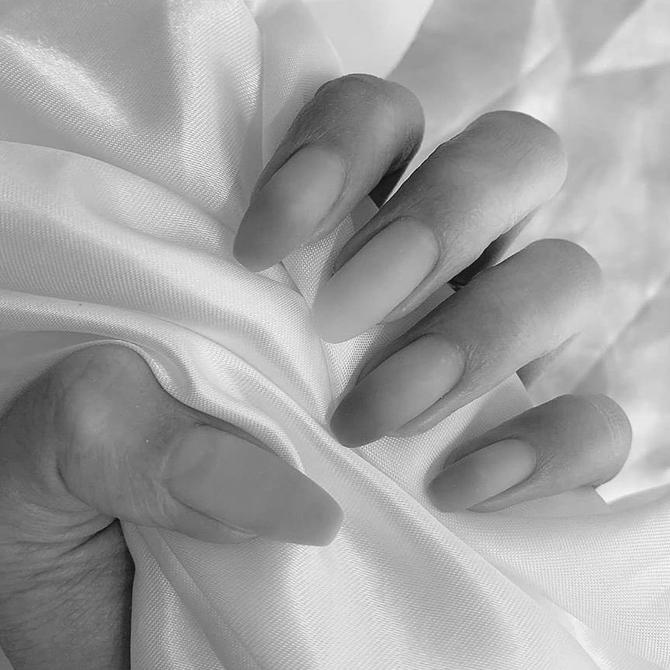
If you have ever accidentally cut your pet’s nail too short, you know it can be a traumatic experience for both you and your pet. Your pet will likely yell, struggle, and bleed, scurrying away from you and leaving bloody footsteps behind. And your panicked response will only exacerbate your pet’s anxiety, making the situation worse. So the most important thing to do after cutting your pet’s nail is to remain calm and not panic. Most nail trims are minor accidents. If you are working alone, you might want to ask someone else to assist you. But if you don’t have another person nearby, you can still help the pet owner and make the process easier.
